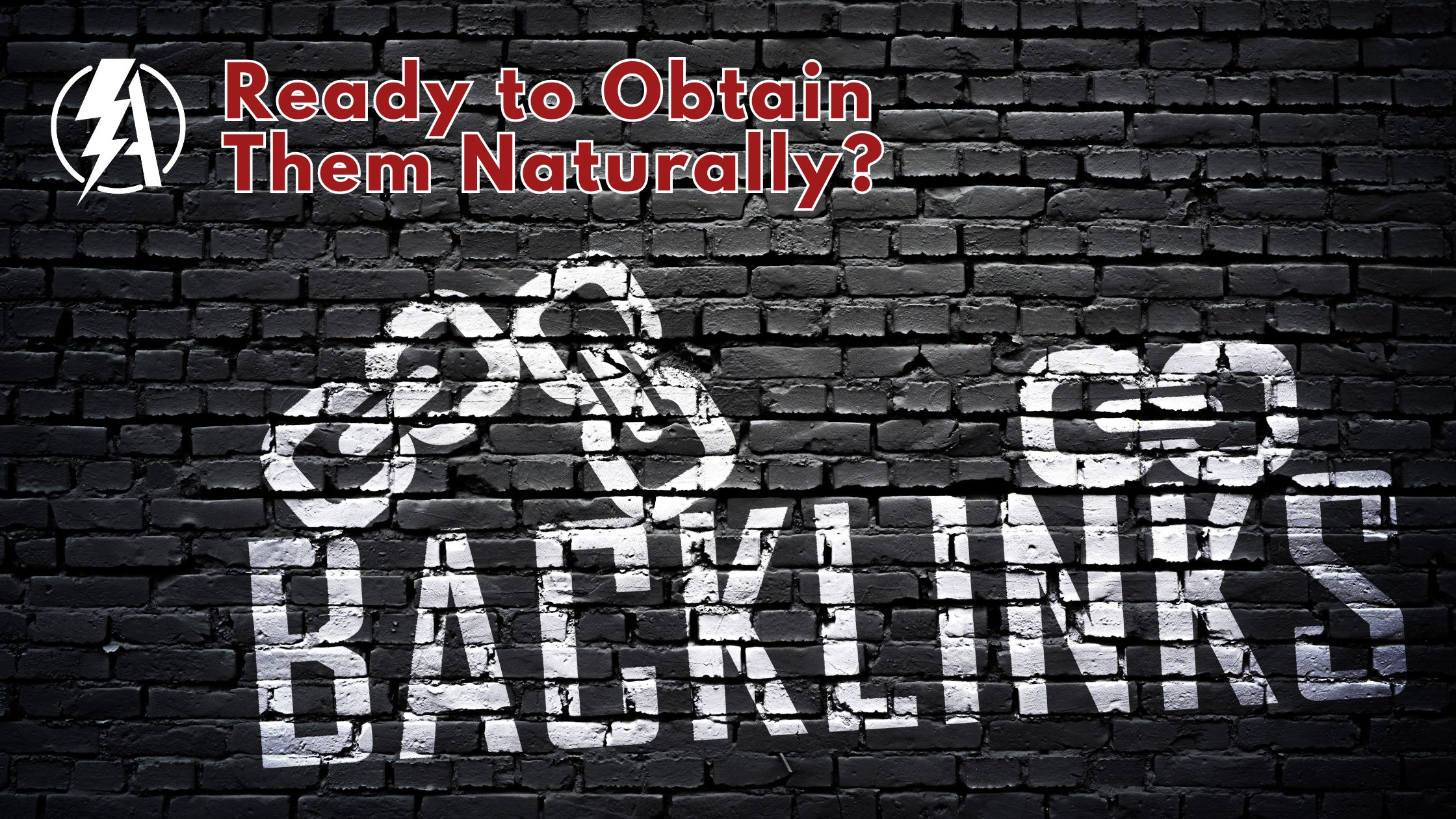In this article we will uncover the necessity of SEO within the tourism industry, to help give travel businesses a competitive edge in an industry that is fiercely contested. Detailing essential SEO for Tourism Strategies to reach more potential customers, experience bettering search engine rankings, and ultimately attain business growth. By taking you through this journey of discovery specifically tailored for those in the tourism sector, we offer advice on how best to make use of your travel company’s full potential.
Key Takeaways
- Master effective SEO strategies and create quality content to succeed in the tourism industry.
- Utilize keyword research, local SEO techniques, page load speed optimization, meta tags, and visuals for improved website visibility.
- Monitor user engagement data to identify areas of improvement and ensure continuous success with regular auditing.
Mastering SEO for the Tourism Industry

When it comes to the travel industry, optimizing visibility on search engines such as Google is an essential factor in success. Companies that excel at SEO are often rewarded with higher organic traffic from other search engines than any other source. This involves structuring internal links properly for enhanced website navigation and user experience.
Creating content of great quality is also necessary because travelers can easily be overwhelmed by the information available online. One needs to create something exceptional that will capture their attention immediately. An effective approach towards attaining this would include link-building techniques like gaining coverage through news outlets and leveraging influencers’ connections, plus incorporating these into your overall marketing strategy to promote your travel business further.
Understanding Tourism-Related Search Behavior
When planning online marketing strategies for the tourism industry, it is important to consider searcher intent. Analyzing how travelers search and using appropriate keywords can help businesses generate organic traffic and improve their web visibility. Using Google Trends to assess consumer demand allows companies to identify trends and optimize content accordingly. An example might be ‘Best winter destinations in 2023 for skiing’ when a traveler is looking for a winter break option. By understanding traveler’s behavior while searching, firms are better able to equip themselves with resources that meet customer requirements effectively.
Crafting a Tourism-Specific Keyword Strategy
Developing a keyword approach suitable target keywords used to the tourism sector is essential for improving search visibility and driving pertinent traffic. Keyword research tools like Ahrefs, Google’s Keyword Planner, and Keywords Everywhere can help uncover keywords applicable to the industry of travel. These keywords can be segmented in line with traveler searches as navigational, informational, or transactional.
It is recommended that businesses focus on terms displaying a competitiveness rating below 25/100 score. – Long tail keywords full-tail phrases which are more precise but have reduced search numbers enable corporations to aim at consumers based on their personal interests and available budget. This leads to better website visitation quality through improved targeting accuracy. By focusing on such long tail words it becomes much easier when ranking as they usually feature a lower contest than generic expressions.
Leveraging Local SEO for Destination Marketing
To boost visibility, recognition, and traffic on a regional level, website optimization is necessary – an essential part of Search Engine Optimization (SEO). Signaling to search engines the relevancy of searches connected with particular regions can be done by using local keywords. To locate them, one must utilize tools such as Keyword Overview. Schema markup Augments this connection between webpage content & search engine results pages, making branding appear more prominently in local SERPs. Small business owners should take advantage of resources like Google My Business listing or Local directories plus social media networks to have an efficient online presence.
Optimizing Your Travel Website for Search Engines

It is cost-effective to optimize a travel website for search engine purposes in the long run. SEO can help boost your online presence, organic visits, and leads, as well as sales for the business. Technical considerations need to be taken into account such as page speed optimization, mobile compatibility, and unique URLs being used where applicable. Destination pages must also have relevant headings (H1 tags), and interesting content/title descriptions that match each property or locale shown on the site too.
Enhancing Site Architecture for Tourists
When it comes to the travel industry, improving a website’s business model and its connected relevant keywords can have an enormous impact on SEO success. Enhancing page loading speed, optimizing meta tags, and refining overall site architecture are all proven methods of boosting search engine visibility for tourism-related websites with minimal effort.
Organizing general keyword phrases within the homepage combined with destination-based keyphrases placed into subpages may be one effective way to optimize both homepages as well as other pages about SEO performance. A carefully considered structure that satisfies user needs is also beneficial when it comes to achieving excellent results from organic searches in this particular field of work.
The Role of Meta Tags in Tourism SEO
Meta tags can be very useful in grabbing the attention of visitors and making a great first impression. They also influence how high travel websites rank when they show up as search results for certain keywords. To craft effective meta tags, one should use descriptive words that are tailored to their readers, incorporate relevant keywords in the description, add calls-to-action (CTA) statements where appropriate, and make sure each page has its distinct metadescription within 275 characters suggested by Google. It is recommended to provide alt text descriptions of images used on tourist sites, which not only helps people with visual impairments but can improve website visibility via more accurate categorization from search engines too.
Improving Page Load Speed for Better Rankings
To improve the rankings on search engines and gain additional organic traffic, it is important to optimize page load speed for travel websites. Google suggests keeping a webpage loading time under 3 seconds. Amazon has calculated that every single second of decreased page speed could cost them 1.6 billion dollars in potential sales each year, which serves as an added incentive to prioritize website optimization efforts! Here are our recommended strategies: reducing the size of images. Minifying HTML/CSS/JavaScript code. Utilizing browser caching and engaging content delivery network (CDN) services can provide enhanced user experience as well as overall better visibility across different types of search engine outlets leading to higher ranking outcomes with more organic visits from customers.
Content Is King: Engaging Travelers with Quality Posts
Creating a travel blog that’s filled with engaging and well-crafted content is essential for drawing in, as well as retaining travelers while boosting your website’s search engine rankings. When you present compelling visuals such as videos or images along with user-generated content like reviews and feedback it will help form relationships between yourself and the audience whilst Increasing the SEO performance of the site. This can result in higher SERP placement, and organic visits to your page, which will ultimately mean more bookings and income for the travel business.
Blogging to Attract and Inform Your Audience
Creating a travel blog is an effective way of driving meaningful traffic to your site, highlighting the expertise you have in this field, and establishing trust with website visitors. By consistently publishing interesting content tailored for travelers – such as helpful tips and hacks or sustainable tourism-focused stories – on your blog, you can help improve search engine optimization rankings, which will result in more potential customers. Listing other recommended blogs related to traveling also adds value to readers browsing through these types of topics online.
Visual Storytelling: Optimizing Images and Videos

Visual storytelling is a key component in destination marketing strategies as it attracts viewers, sparks emotions, and motivates tourists. By using visuals such as photos, videos, and graphics, the story can come alive with a real feel that transports people to their dream locations which instigates visitors to consider going there.
To optimize these images for SEO purposes within the travel industry, here are some tips: do keyword research first, incorporate those keywords into your video title description and tags, and add descriptive page titles so search engines can easily detect what’s on the media content. Write detailed engaging descriptions about them — if possible, you could transcribe audio/video contents of every file for improved accessibility from search results, and include relevant tags too! Following these steps would benefit greatly when optimizing images or videos used in this sector efficiently.
User-Generated Content: Reviews and Testimonials
Social media is essential for the tourism industry to achieve success. Strategies such as encouraging customers to post and share their experiences, tracking social media algorithms for greater reach, targeted campaigns to raise brand awareness among your target audience, and creating content that resonates with them will help drive more organic traffic towards your travel business. It also helps build a stronger online presence by allowing prospective clients to trust you through user-generated reviews and testimonials which increases search engine rankings leading to even more website visitors arriving at your doorsteps. Through these strategies, any tourism company can increase its engagement on social networks while simultaneously gaining additional web traffic.
Advanced Link Building Techniques for Tourism Websites
Link building is vital to SEO success in the tourism market. White hat strategies, like teaming up with other journey-related businesses and influencers as well as maintaining a profile of your backlinks, can help improve your site’s search engine rankings.
Given how competitive this sector is, link-building efforts may be difficult for travel industry professionals to execute successfully. Advanced tactics such as guest posting, producing infographics, and using digital PR could potentially boost online visibility while attracting more potential customers at the same time.
The Importance of Backlink Quality Over Quantity
Search engine rankings can be improved by concentrating on the quality of backlinks from reliable websites rather than aiming to get a large number of quality backlinks. Quality links will increase trust and credibility, as well as bring in new customers that may ultimately boost your travel business’ online visibility and organic traffic resulting in more bookings and income.
Collaborative Opportunities for Link Acquisition
When seeking to build visibility and obtain beneficial backlinks through collaborations, travel websites or businesses need to develop quality content, search out guest blogging opportunities, and use social media as a promotional tool while cultivating relationships with influencers in the tourism industry. These efforts can result in an established network of connections that could increase their rankings. But must be done cautiously due to consideration given to potential risks such as losses in traffic, search volume, and missed chances.
Monitoring and Managing Your Backlink Profile
The importance of continuously evaluating and managing backlinks for a tourism website cannot be overemphasized. Monitoring tools such as Moz Pro, LinkChecker and Ahrefs can help you assess your SEO performance while keeping an eye out for potential areas of improvement. A fruitful link profile should involve connections with related travel sites including websites dealing with travel blogs, directories, and other types of tourist-related material, but also authoritative sources from the world of travel and tourism industry. Conducting a thorough audit every three to six months is recommended to stay on top of any low-quality or spammy links that may have accumulated over time.
Harnessing Social Media for Tourism SEO Benefits
Social media offers an improved digital marketing presence for travel businesses, providing a boost to SEO efforts and increasing the chances of potential travelers finding them. As such, it can bring more traffic, which may result in increased bookings and revenue. Utilizing platforms like Facebook, Twitter, Instagram or Pinterest could prove useful as these other websites generate backlinks that help improve search engine ranking signals – ultimately having an indirect effect on how well they perform online when it comes to tourism-related searches.
Integrating Social Sharing into Your Content Strategy
Social sharing in a content marketing strategy is a technique used to increase the visibility of the material, draw attention from new customers, and support business growth. This includes creating shareable elements with an eye on social networks as well as incorporating buttons so users can easily post them across their accounts. The objective here is for more website visits through expanded reach and establishing brand recognition among potential buyers. By utilizing these tactics within your overall plan, you’ll likely improve SEO performance while also increasing opportunities to acquire leads that could become clients – which all ultimately assist long-term development for the company’s success.
Leveraging Influencer Relationships
Influencer collaboration is an excellent way to advertise a travel business, draw attention on social media channels, and create valuable backlinks. Through such partnerships, you can expand your customer base, enhance credibility as well as drive bookings for the company. It’s important to monitor progress throughout the relationship and make necessary modifications if needed to maximize the success potential of influencer marketing initiatives towards online visibility growth of travel businesses. With this approach, one will be able to attract new target audiences while boosting brand awareness all at once.
Tracking Social Media Engagement and Its SEO Impact
Social media engagement can influence SEO. When followers are increased and favorable reviews are acquired, this can help increase local business listing ranking in Google Maps and Google search results alone. To steer people to the site from social posts means better interaction with your website, which ultimately increases Search Engine Optimization (SEO). Observing how engaging you’re being online allows for recognizing areas of progression that could enhance our digital presence as well as draw potential travelers’ attention. Keeping a close watch on social media’s contribution permits us to study its impact. Make data-based decisions, letting all parties benefit greatly.
Measuring Success: SEO Metrics and Analytics for Tourism
Analyzing SEO data using analytic tools can help make informed decisions to continually improve the performance of your website. Essential search engine metrics for a travel-focused site that need monitoring include organic search traffic, keyword rankings, click-through rate (CTR), pages per session, average page load time, and backlinks. By keeping an eye on these figures you can spot development opportunities as well as ensure continued improvement in visibility and user experience.
Setting Up and Utilizing Google Analytics
Google Analytics can be used to measure and analyze the performance of your tourism website, allowing you to gain insight into its effectiveness. To get started with Google Analytics on such a site, one could check if the tracking code is functioning in real time while having two tabs open. Implement cross-domain tracking for analyzing data across domains. And set up goal trackers to monitor successful actions or conversions.
By using this toolkit from Google Analytics, it is possible to improve online visibility and boost search engine rankings via an informed approach to paid search, driven by collected information about user behavior.
Interpreting SEO Data for Actionable Insights
Search engine optimization data can be used to determine areas of opportunity and inform decision-making that helps increase visibility online. Analyzing organic search traffic, keyword positions, and backlinks is vital when researching SEO for the tourism sector.
By studying this data closely and applying it practically in your travel business strategy you will see improved results in search terms and ranking and more visits from natural search sources which could lead to increased bookings revenue.
Regular SEO Auditing for Continuous Improvement
By performing frequent SEO audits, you can ensure that your travel business is always optimized for increased search engine visibility and enhanced user experience. This will result in higher rankings, improved organic traffic flow to the website, and more bookings over time. Ahrefs. Moz Pro and LinkChecker are great tools that prove effective when undertaking an audit on a tourism website. It aids in uncovering any issues blocking the progress of achieving target ranks so they may be addressed appropriately with efficiency.
Summary
Ultimately, to have a successful travel business and gain traction in the tourism industry, it is necessary to perfect your SEO strategy. To do this effectively, you should follow all of the tactics listed in this blog post, such as optimizing your website for better search engine rankings, producing engaging content tailored towards travelers, collaborating with influencers related to the field, and regularly auditing current SEO efforts. All these steps taken together will help ensure sustained progress over time while unlocking new potential growth opportunities for any venture within the domain!
Frequently Asked Questions
What is SEO in tourism?
Search Engine Optimization (SEO) is an indispensable component for travel websites looking to be discovered by potential customers. By carefully incorporating keywords, these sites can gain the upper hand over competitors when it comes up in search engine results. SEO gives a huge advantage and should not be overlooked as part of any website’s marketing strategy.
How to do SEO for a tourism business?
For optimal local search engine visibility for your travel business, keyword research and placement are key. Ensure that content and metadata feature the most relevant words so local landing pages perform well. It is important to structure data correctly as well as update Google Business Profile settings and audit existing online presence.
How SEO can be effectively utilized to improve travel and tourism website visibility?
Utilizing various SEO tactics, including adjusting content to target specific keywords and speeding up page loading times, is a great way of improving the visibility of any travel or tourism website. Link-building techniques like guest posting and interlinking from authoritative websites can also be employed to improve SERP rankings.
Why is search engine optimization important for tourism websites?
Search engine optimization (SEO) is an important component for any tourism business website, as it helps them reach higher rankings in search engines and bring in more qualified leads. By using the right keywords to attract interested customers, businesses can gain access to quality lead sources that add real value to their operations.
What are some effective methods to promote user-generated content such as reviews and testimonials for tourist businesses?
To increase customer engagement, tourist businesses may opt to host competitions and giveaways with special hashtags. They can also choose to spotlight their customers’ content by providing a platform for feedback/reviews as well as engaging in conversations with them.






